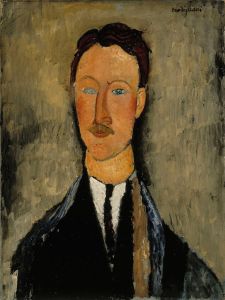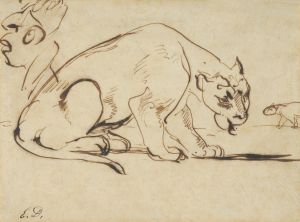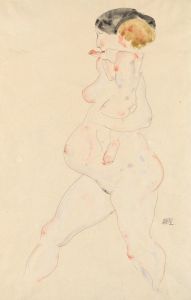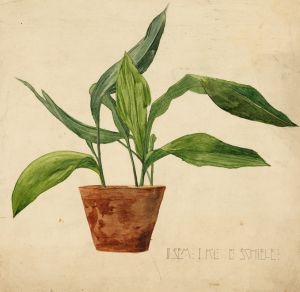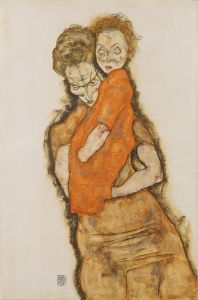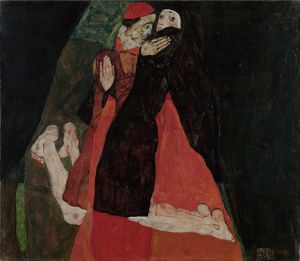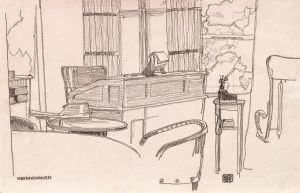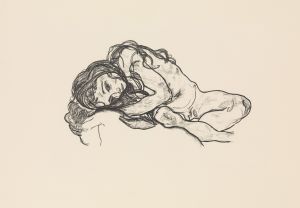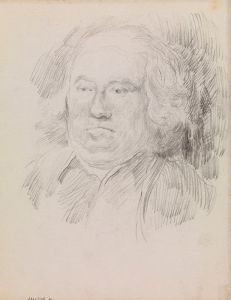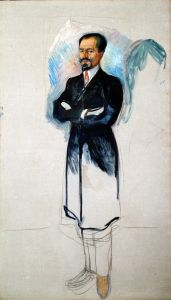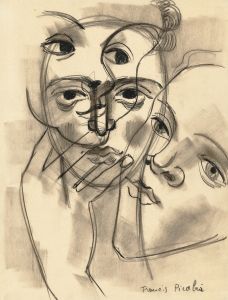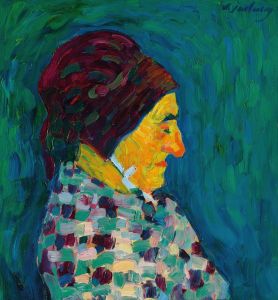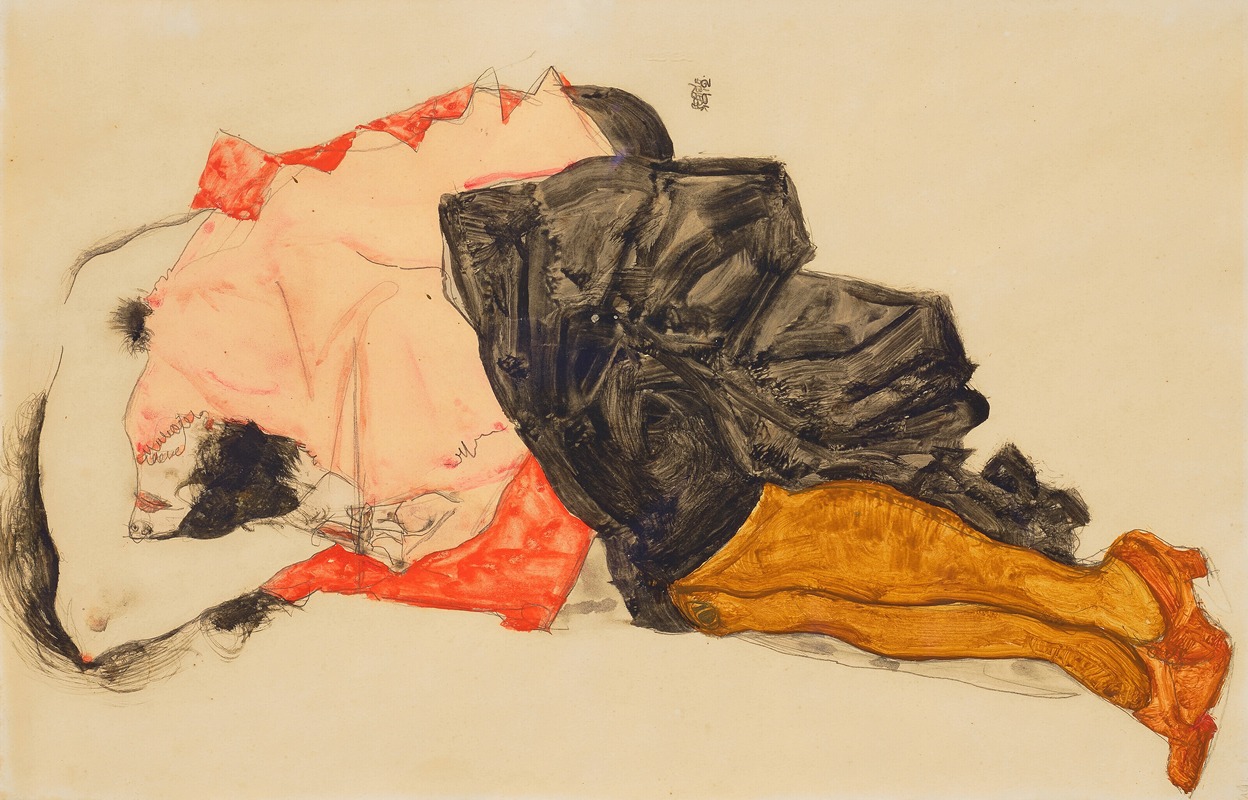
Frau, das Gesicht verbergend
A hand-painted replica of Egon Schiele’s masterpiece Frau, das Gesicht verbergend, meticulously crafted by professional artists to capture the true essence of the original. Each piece is created with museum-quality canvas and rare mineral pigments, carefully painted by experienced artists with delicate brushstrokes and rich, layered colors to perfectly recreate the texture of the original artwork. Unlike machine-printed reproductions, this hand-painted version brings the painting to life, infused with the artist’s emotions and skill in every stroke. Whether for personal collection or home decoration, it instantly elevates the artistic atmosphere of any space.
Egon Schiele (1890–1918) was an Austrian painter known for his distinctive style and significant contribution to the Expressionist movement. His work is characterized by its intensity, raw emotion, and often provocative subject matter. One of his notable works is "Frau, das Gesicht verbergend," which translates to "Woman, Hiding Her Face."
"Frau, das Gesicht verbergend" is a compelling example of Schiele's exploration of the human form and psyche. Created in 1912, during a period when Schiele was developing his unique artistic voice, the painting reflects his fascination with the complexities of human emotion and identity. The artwork depicts a woman in a seated position, with her face partially obscured by her hands. This gesture of hiding or shielding the face adds an element of mystery and introspection to the piece, inviting viewers to ponder the subject's emotional state and the reasons behind her concealment.
Schiele's use of line and color in this painting is characteristic of his style. The lines are bold and expressive, capturing the contours of the woman's body with a sense of urgency and vitality. The color palette is subdued yet striking, with earthy tones that enhance the emotional depth of the composition. Schiele often employed such techniques to convey the inner turmoil and vulnerability of his subjects, and "Frau, das Gesicht verbergend" is no exception.
The painting is also notable for its composition and the way Schiele positions the figure within the frame. The woman's pose is somewhat contorted, with her body twisted and her limbs arranged in a manner that suggests tension and discomfort. This physical distortion is a hallmark of Schiele's work, reflecting his interest in the human body's expressive potential and its ability to communicate complex psychological states.
Egon Schiele's career was tragically short, as he died at the age of 28 during the Spanish flu pandemic in 1918. Despite his brief life, Schiele left behind a significant body of work that continues to be celebrated for its emotional intensity and innovative approach to portraiture and the human figure. "Frau, das Gesicht verbergend" exemplifies the qualities that have made Schiele's art enduringly influential: a fearless exploration of the human condition, a distinctive visual language, and a profound ability to capture the essence of his subjects.
Today, Schiele's works are held in high regard and are featured in major art collections and exhibitions worldwide. "Frau, das Gesicht verbergend" remains an important piece within his oeuvre, offering insight into the mind of an artist who was unafraid to delve into the depths of human emotion and experience. Through this painting, viewers can appreciate Schiele's mastery of form and his commitment to portraying the complexities of the human soul.





